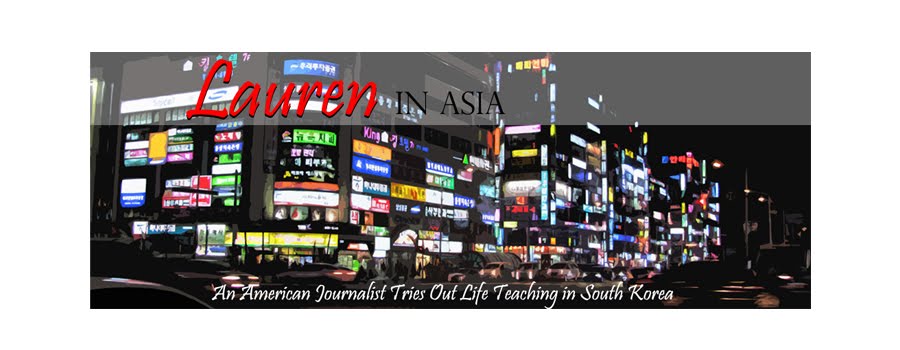(Just 3 weeks ago, I was in North Korean territory at the DMZ. Here's our video, which includes footage of North Korean soldiers. For my original post, click here.)
All eyes are on the Korean Peninsula this week. That’s after North Korea shelled tiny Yeongpyeong Island in the South killing four people.
Will this escalate further? Is war imminent? That’s what is on everyone’s mind. Especially if you live here.
Yet in and around Seoul, life continues as normal for residents. This day is like any other. After all, what is there to do? We are at the mercy of world leaders. I hope they have the strength, knowledge, and foresight necessary to make good decisions. Then again, when dealing with a regime like the DPRK (North Korea) it’s anyone’s guess what could happen next.
When I arrived in Korea, it was a short time after the Chenoan incident, in which 46 South Korean sailors were killed. It’s suspected the DPRK attacked, but they have never taken responsibility. I certainly wasn’t happy about the turn of events, but at that point, my bags were packed and my plane ticket purchased. I was going to Korea. Still, there was an undercurrent of anxiety within and I soon realized that people who get nervous in Korea are the foreigners living here. We’re not use to having North Korea as a neighbor. It struck me odd when speaking to South Koreans how relaxed they were about the escalating tensions. Maybe it’s a coping mechanism or that they have never known any different.
This week I’ve received concerned notes from friends. Some are wondering if we are now coming home. No, we’re not. Currently I’m taking my cues from the US Department of State. When living abroad, they still keep tabs on their citizens if you register with them. So, on Tuesday I received an e-mail about the Yeongpyeong Island attacks. Here’s an excerpt:
"This artillery exchange was isolated to the Northwest Island area of the Republic of Korea and ceased as of 3:30pm. The embassy is closely monitoring the situation. Should the security situation change, the Embassy will update this warden message.
U.S. citizens living or traveling in South Korea are encouraged to register with the Embassy through the State Department's travel registration website: https://travelregistration.state.gov/ibrs/ui/ Registration is a voluntary way of telling us that you, as a U.S. citizen, are in Korea, whether for a long-term stay or for a short visit. In the event of an emergency, we use registration information to communicate with you.”
That was it – and that’s pretty standard fare. In fact, checking the US Department of State's website today there is no travel alert or warning for South Korea. So, feel free to visit...I'll be here.
Learn More: CNN had a special webpage devoted to North Korea. (Click here) See video from the recent attacks or learn about the Korean War. They've done a good job at compiling a variety of stories.
















